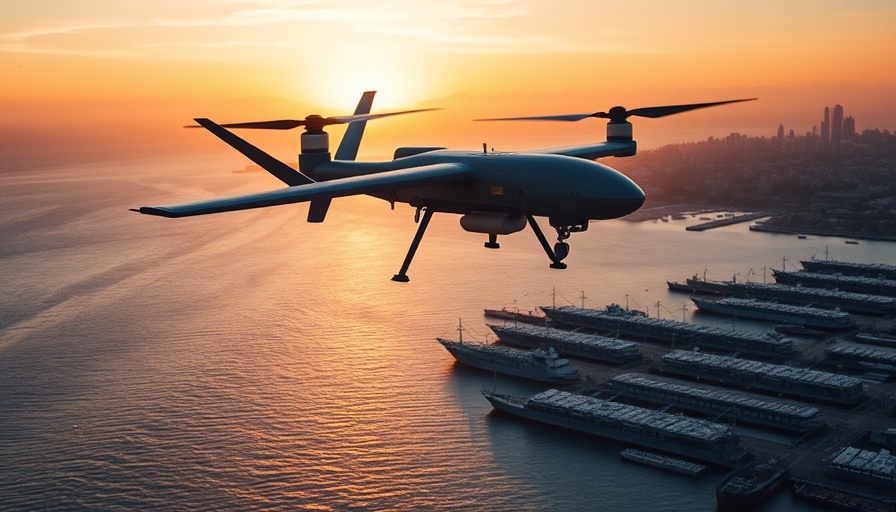
The Future of Military Drones: Introducing the CAMCOPTER S-101 and S-301
In a move that underscores the escalating need for sophisticated military technology, Schiebel has launched two cutting-edge unmanned aerial systems (UAS): the CAMCOPTER S-101 and the S-301. These next-generation platforms signify a major advancement in weaponised autonomous systems, engineered meticulously to adapt to the fast-evolving landscape of modern military operations.
Refined Design and Enhanced Performance
The CAMCOPTER S-101 and S-301 have been constructed upon the solid foundation of the CAMCOPTER S-100, which has already proven itself in various military roles worldwide. What distinguishes these new models is their heightened performance and a focus on military-grade systems integration. With embedded artificial intelligence (AI), they boast robust architectures specifically designed to ensure success in multi-domain operations, even in contested electromagnetic environments. As the global theatre becomes increasingly complex, having such resilient systems is crucial.
Strategic Positioning for an Evolving Defense Landscape
The establishment of Schiebel Defence GmbH serves as a strategic response to contemporary geopolitical challenges, highlighting the rising demand for armed drones among military forces. Schiebel's CEO, Hans Georg Schiebel, emphasized that the company aims to provide reliable mission-ready solutions tailored to the needs of modern militaries. The S-101 and S-301 are poised to equip forces with a tactical advantage, capable of integrating existing missiles and rockets that suit their specific engagements.
Combat Readiness: A Tactical Game Changer
Offering a persistent and distributed lethality option against asymmetric threats, the S-101 and S-301 can engage targets at stand-off ranges, allowing operators to maintain a safe distance from potential dangers. This capability is particularly significant as military forces adapt to guerrilla warfare tactics and high-intensity conflicts. According to recent analyses, investing in weaponised drones can enhance overall mission effectiveness and operational readiness, redefining traditional combat methods.
The Broader Impact of UAS Development
As nations navigate an era where ground and aerial platforms are increasingly intertwined, the implications of UAS technology go beyond mere military applications. The advancements made by Schiebel could have far-reaching benefits in areas such as logistics support, surveillance, and even disaster response. Their potential versatility can shape not just military operations, but also humanitarian efforts worldwide.
Looking Ahead: Predictions for UAS in Military Operations
With the rapid development of technologies like AI and machine learning, the military UAS sector is likely to see unprecedented advances. Analysts predict that, in the next decade, drone technology will become even more integrated into military strategies, not just for surveillance but as combat-ready tools. The continued evolution of platforms such as the CAMCOPTER series will satisfy both tactical and logistical roles in defense.
Conclusion: The Importance of Adoption
As military operations evolve, so too must the tools they employ. The CAMCOPTER S-101 and S-301 represent a significant leap towards embracing the future of warfare technology. For defense professionals and enthusiasts alike, understanding these developments could provide clarity on the importance of adopting advanced UAS technologies in safeguarding interests and enhancing operational abilities.
 Add Row
Add Row  Add
Add 




Write A Comment